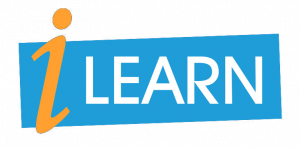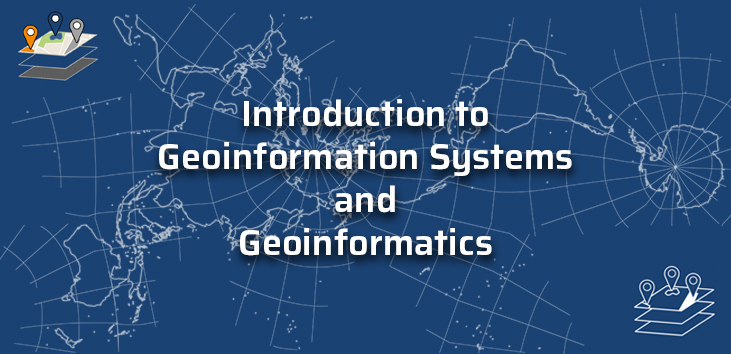vhb Demo: Introduction to geoinformation systems and geoinformatics
Abschnittsübersicht
-
Geodata - the basis for many modern services
The estimate that around 80 to 90% of all decision-relevant data has a spatial reference (cf. Ehlers & Schiewe 2012) is easy to understand with the example given: Geoinformation has become an integral and central part of our lives. Accordingly, there is a demand for technologies that can process information in a spatial manner for a wide variety of user groups. The discipline of geoinformatics has long since managed to find its way into professional and everyday life beyond the scientific and official environment. With the steady spread of mobile devices such as smartphones, tablet PCs and smartwatches, as well as new desktop functions, this trend will continue in the future. In future, geoinformation will be recognised as a central resource of our society and geoinformation systems will be celebrated as a key technology of the 21st century. It is therefore important and exciting to understand how these systems work, which technologies are used and what diverse possibilities arise from the technology.


